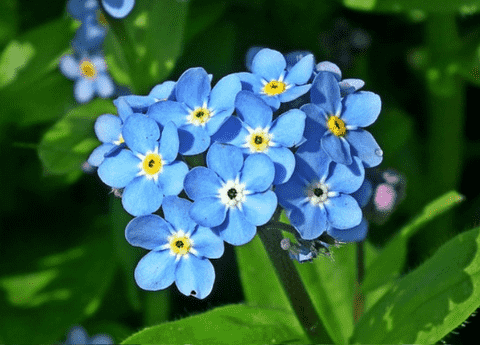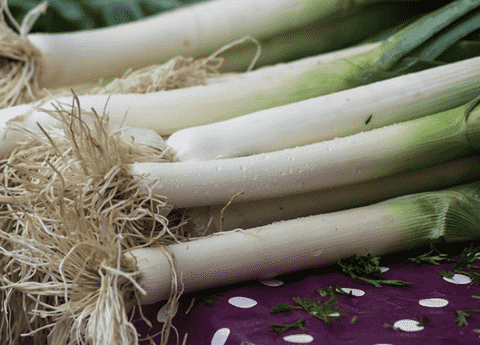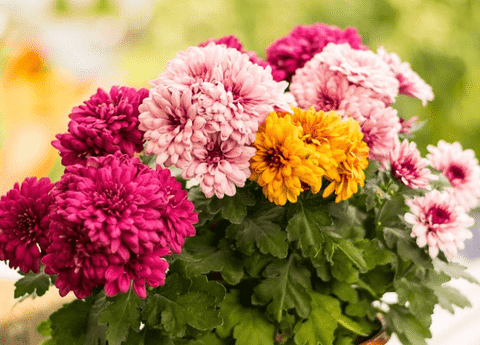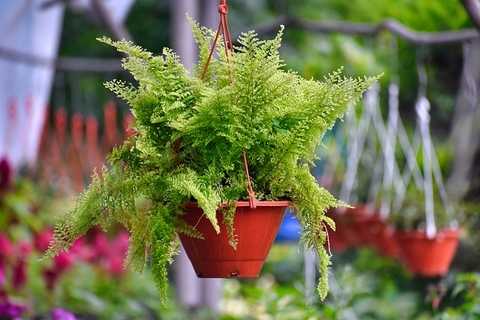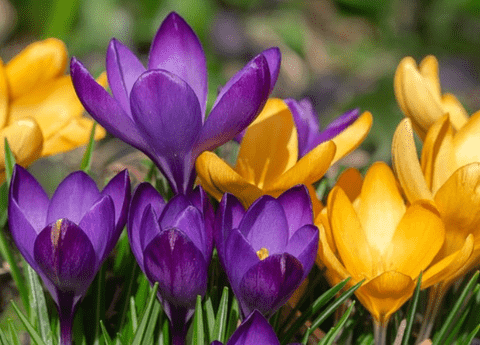How to Grow Forget-Me-Not: Step-by-Step Gardening Tips for Beginners
Forget-me-nots are charming, delicate flowers that add a splash of color to any garden, making them a favorite among garden enthusiasts and home gardeners alike. Known for their vibrant blue petals and ease of care, these plants can be a delightful addition to your green space with the right approach. In this guide, we will provide step-by-step gardening tips to help beginners successfully grow forget-me-not and maintain a thriving forget-me-not plant. From soil preparation to watering techniques, you’ll find all the essential information needed to master forget-me-not care and enjoy these beautiful blooms year after year.
Introduction to Forget-Me-Nots

What Are Forget-Me-Nots?
Forget-me-nots are small, perennial flowers belonging to the Boraginaceae family. These plants are renowned for their striking blue petals, often featuring a delicate yellow or white center. While blue is the most common color, some varieties can also produce pink or white blooms. Forget-me-nots thrive in cool, moist environments and are typically found in temperate regions. They can be grown in various settings, including garden beds, borders, and even containers. The plants are relatively low-maintenance, making them ideal for beginner gardeners. Their name is derived from the Greek word “Myosotis,” which means “mouse ear,” referencing the shape of their small, hairy leaves. Forget-me-nots not only add aesthetic appeal to your garden but also attract pollinators such as bees and butterflies, contributing to a healthy garden ecosystem.
Benefits of Growing Forget-Me-Nots
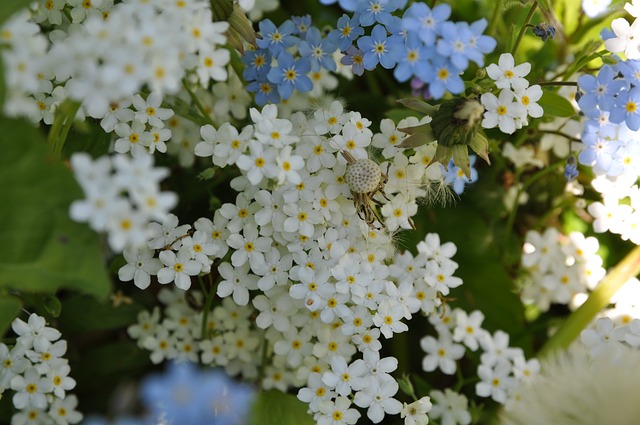
Growing forget-me-nots offers several benefits that can enhance your gardening experience. Firstly, their vibrant blue flowers add a pop of color to any garden, creating a visually appealing landscape. Additionally, forget-me-nots are relatively easy to care for, making them perfect for novice gardeners looking to hone their skills. These plants also have the ability to attract beneficial pollinators like bees and butterflies, which can contribute to the overall health of your garden. Forget-me-nots are versatile and can thrive in various environments, from garden beds to containers, providing flexibility in your gardening plans. Furthermore, they can act as ground cover, helping to suppress weeds and retain soil moisture. With their low maintenance requirements and aesthetic benefits, forget-me-nots are a valuable addition to any garden space.
Planting Forget-Me-Nots
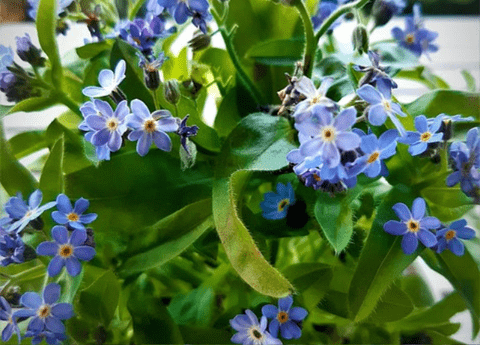
Choosing the Right Location
Selecting the appropriate location is crucial for successfully growing forget-me-nots. These plants prefer a cool, partially shaded environment, although they can tolerate full sun in cooler climates. Ideally, choose a spot that receives morning sunlight but is shaded during the hottest part of the afternoon. This helps prevent the delicate flowers from wilting under intense heat. Forget-me-nots thrive in moist, well-draining soil that is rich in organic matter. If your soil is heavy clay or too sandy, consider amending it with compost to improve its texture and nutrient content. Additionally, avoid areas prone to waterlogging, as standing water can lead to root rot. By carefully selecting a suitable location, you can create an optimal growing environment that will support the health and longevity of your forget-me-not plants.
Preparing the Soil
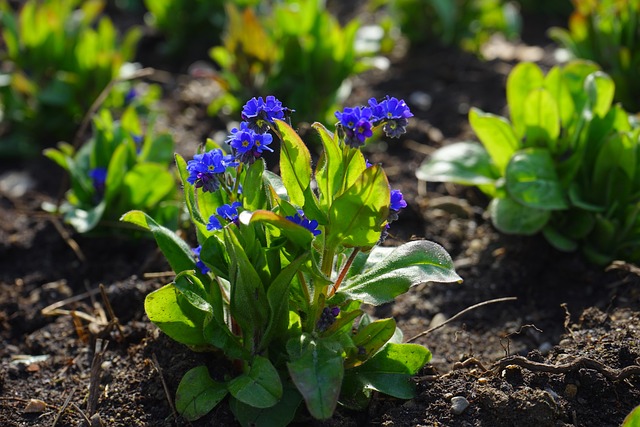
Proper soil preparation is essential for the successful growth of forget-me-nots. Start by ensuring the soil is well-draining to prevent waterlogging, which can cause root rot. If your garden soil is heavy clay or overly sandy, improve its quality by mixing in organic matter such as compost or well-rotted manure. This not only enhances drainage but also boosts soil fertility, providing essential nutrients for your plants. Target a pH level that is slightly acidic to neutral, ideally ranging from 6.0 to 7.0. You can test your soil’s pH with a simple home testing kit and adjust accordingly using lime to raise pH or sulfur to lower it. Before planting, thoroughly till the soil to a depth of about 6 inches to remove any weeds, rocks, or debris. This creates a loose, aerated soil structure that encourages healthy root development and robust plant growth.
Planting Seeds and Seedlings
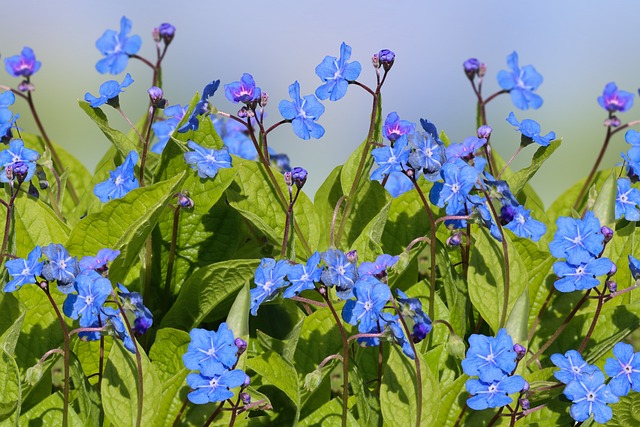
When it comes to planting forget-me-nots, you have the option of starting from seeds or using seedlings. If planting seeds, scatter them evenly over the prepared soil surface and lightly press them in, ensuring they make good contact with the soil. Cover the seeds with a thin layer of soil or compost, no more than 1/8 inch deep, as they require light for germination. Water the area gently to keep the soil consistently moist until the seeds sprout, which usually takes 1-2 weeks.
For seedlings, dig small holes that are slightly larger than the root ball of each plant. Space the holes about 6 inches apart to allow for healthy growth and airflow. Carefully place each seedling into the hole, backfill with soil, and press down gently to remove air pockets. Give the seedlings a thorough watering after planting to help them settle into their new environment. Both methods can yield beautiful forget-me-not plants with proper care and attention.
Forget-Me-Not Care Tips
Watering and Feeding
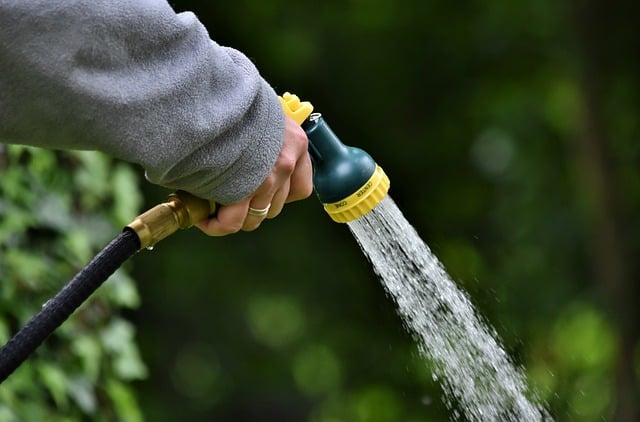
Proper watering and feeding are crucial for maintaining a healthy forget-me-not plant. These flowers prefer consistently moist soil, so be sure to water them regularly, especially during dry spells. Keep the soil consistently moist without making it waterlogged, as too much moisture can cause root rot. A good rule of thumb is to water deeply once or twice a week, depending on weather conditions and soil type.
In terms of feeding, forget-me-nots are relatively low-maintenance. However, they can benefit from a light application of balanced, slow-release fertilizer in the spring when new growth begins. This provides essential nutrients that support robust blooming and overall plant health. Avoid over-fertilizing, as too much can lead to excessive foliage growth at the expense of flowers. Incorporating organic matter into the soil during planting can also provide long-term nutrition for your forget-me-not plants. Consistent watering and occasional feeding will help you grow forget-me-not successfully year after year.
Pest and Disease Management
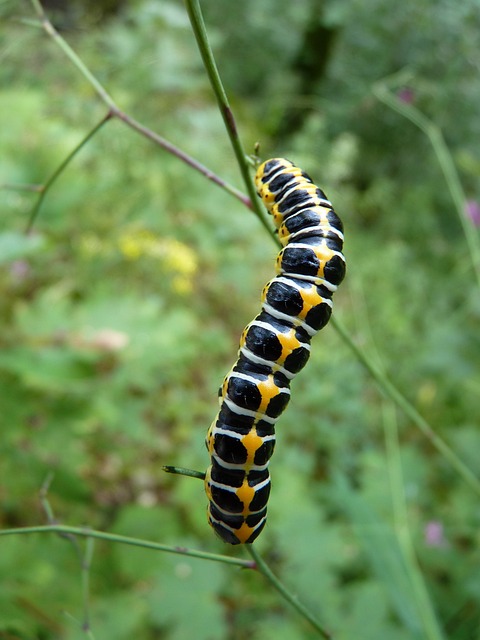
Managing pests and diseases is essential for the health of your forget-me-not plants. Common pests that may affect forget-me-nots include aphids, slugs, and snails. Regularly check your plants for signs of infestation, like discolored or distorted leaves. If you notice aphids, a strong spray of water can help dislodge them, while slugs and snails can be managed by using organic slug pellets or setting up barriers around your plants.
Diseases such as powdery mildew and root rot can also pose threats. Powdery mildew appears as a white, powdery substance on leaves and can be controlled by ensuring good air circulation and avoiding overhead watering. Root rot, caused by excessive moisture, can be prevented by planting in well-draining soil and not overwatering. Remove and discard any affected plant parts to prevent the disease from spreading. By staying vigilant and proactive, you can effectively manage pests and diseases and maintain healthy forget-me-not plants.
Pruning and Maintenance
Regular pruning and maintenance are vital for keeping your forget-me-not plants healthy and attractive. Start by deadheading spent flowers to encourage continuous blooming and prevent self-seeding, which can lead to an overabundance of plants. Simply pinch off or cut back the faded blooms using clean, sharp scissors or pruning shears.
In addition to deadheading, periodically trim back any leggy or overgrown stems to promote a more compact growth habit. This also helps improve air circulation within the plant, reducing the risk of disease. At the end of the growing season, cut back the plants to ground level to prepare them for the next season.
Regularly check for dead or damaged leaves and remove them promptly. This not only improves the plant’s appearance but also minimizes the chances of pest and disease issues. By incorporating these simple pruning and maintenance practices, you can ensure your forget-me-not plants remain vibrant and healthy throughout their growing season.

